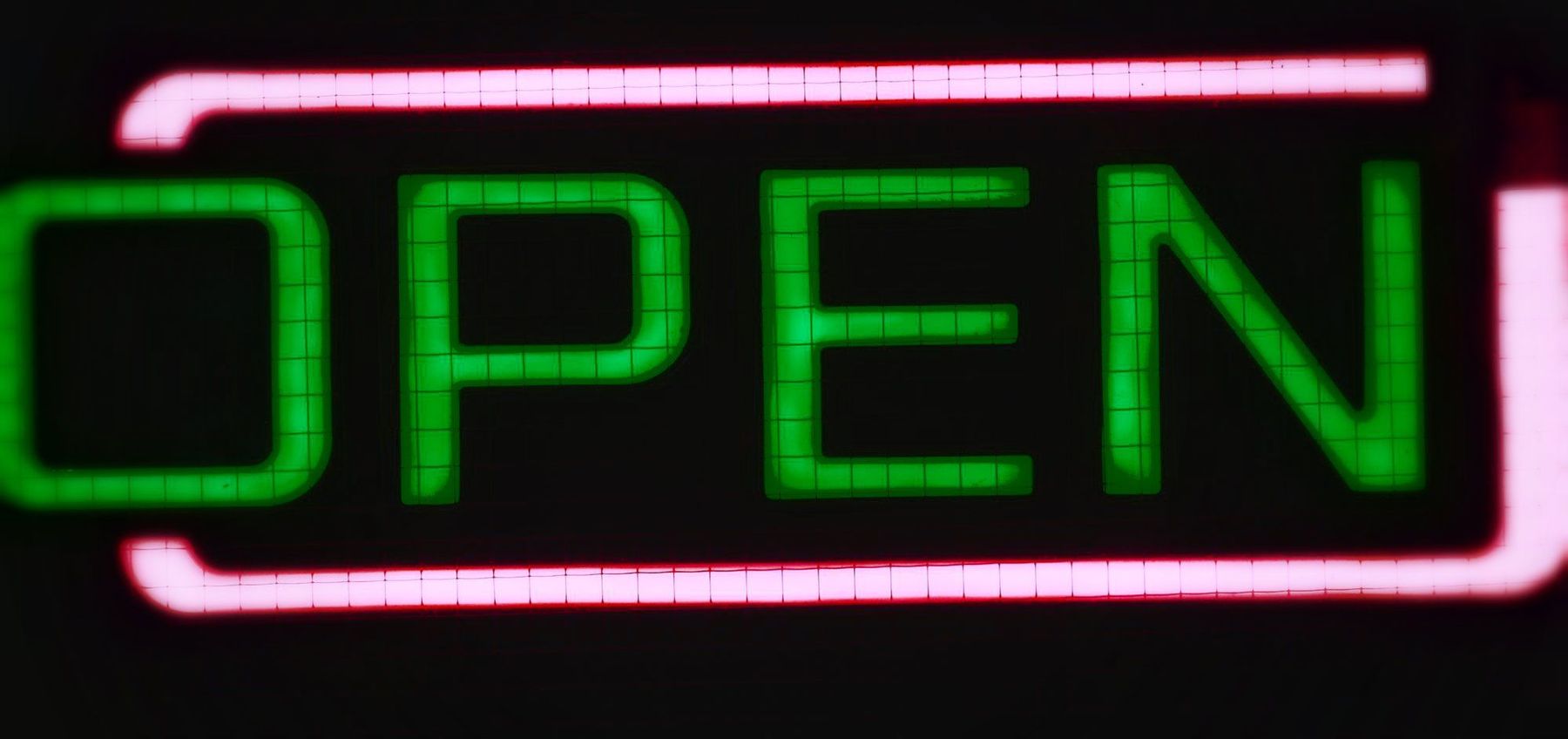A wide range of 3D printers that are readily assembled is currently available on the internet. However, 3D printing enthusiasts are more interested in building their printers from scratches, rather using the already assembled one.
The 3D printing community has a lot of enthusiastic individuals who are more fascinated with developing their own 3D printers’ right from scratch. The concept of individuals building their 3D printers is not new. In the late 1990s, it was reported that the Buss Muller Technology originating from Germany had made attempts to commercialize the MIT’s 3D printing technology. The product was however suppressed after the Z Corporation and the MIT successfully sued the German based company for breaching the patent rights.
Modeling Software for the Creation of 3D Objects
The 3D printers require data to read what is to be printed for it to be able to operate. 3D printers need 3D data that is capable of describing the object to be printed. The three-dimensional data can be provided by files which can be generated by the Computer Aided Design Programs.
Computer Aided Design programs ranging from complicated and expensive ones to the ones that are free and easy to use. Google’s SketchUp is an example of a 3D modeling software that is easy to use.
Another example of such software is the Autodesk 123D. The software allows its users to design and edit 3D models and transfers them to a 3D printer. It also has a component library that allows its users to begin their design from nothing by utilizing primitive and sophisticated objects.
The Auto123D program was introduced in May 2011. The program enables beginners in 3D modeling to create characters without having to spend a lot of money on the Autodesk’s high-end design program.
Creation of a 3D printed object involves laying down materials in layers successively until the whole object is formed. A 3D model needs to be created before it is ready for printing.
The process involves slicing the 3D model into thousands of horizontal layers by use of the software. The layers appear as a thin sliced horizontal cross-section of the object to be formed. The machine’s software regulates the whole process as the layers get printed one after another.
Hardware: Different Technologies are Utilized
When it comes to building a 3D printer, there is a need to select the technology that is affordable and easy to use for the sake of the amateurs and hobbyists. The mechanism selected should not infringe the patent rights that are in place. Few tools that meet the outlined criteria are available. Most of the open source hardware 3D printers available, deposit material through extrusion.
The RepRap technology utilizes a form of a free desktop printer that can print plastic objects. RepRap’s technology is the first of its kind and currently the most popular 3D printer globally. The technology used by RepRap originated from Stratasys, and the technology was referred to as Fused Deposition Modeling. RepRap came up with a generic name “thermoplastic extrusion” since “Fused Deposition Modeling” was the trade name of Stratasys Company.
The “thermoplastic Extruder” was the central part of the company’s machine. Stratasys’ patent for the invention expired in 2009, and this brought their invention into the public domain.
RepRap-based printers utilize a plastic filament that originates from a reel and gets fed into the heated liquefied from where it gets melted. A nozzle then extrudes the melted material; another filament is introduced which acts as the plunger.
The nozzle then releases a small amount of the melted material as it moves along the table in a prescribed geometry. The deposit then solidifies quickly when it come into contact with a substrate.
After completion of the layer, the formation of the next layer is started by lowering the platform in the Z direction. The process is repeated until the fabrication process of the object goes to completion. Each of the completed layers gets bonded to another one. The process is slow, and it makes end up taking days to print one sizable object.
Proper bonding of the layers requires regulation of the thermal environment is a necessity. The system should be kept in a chamber that has its temperatures regulated below the material being deposited.
